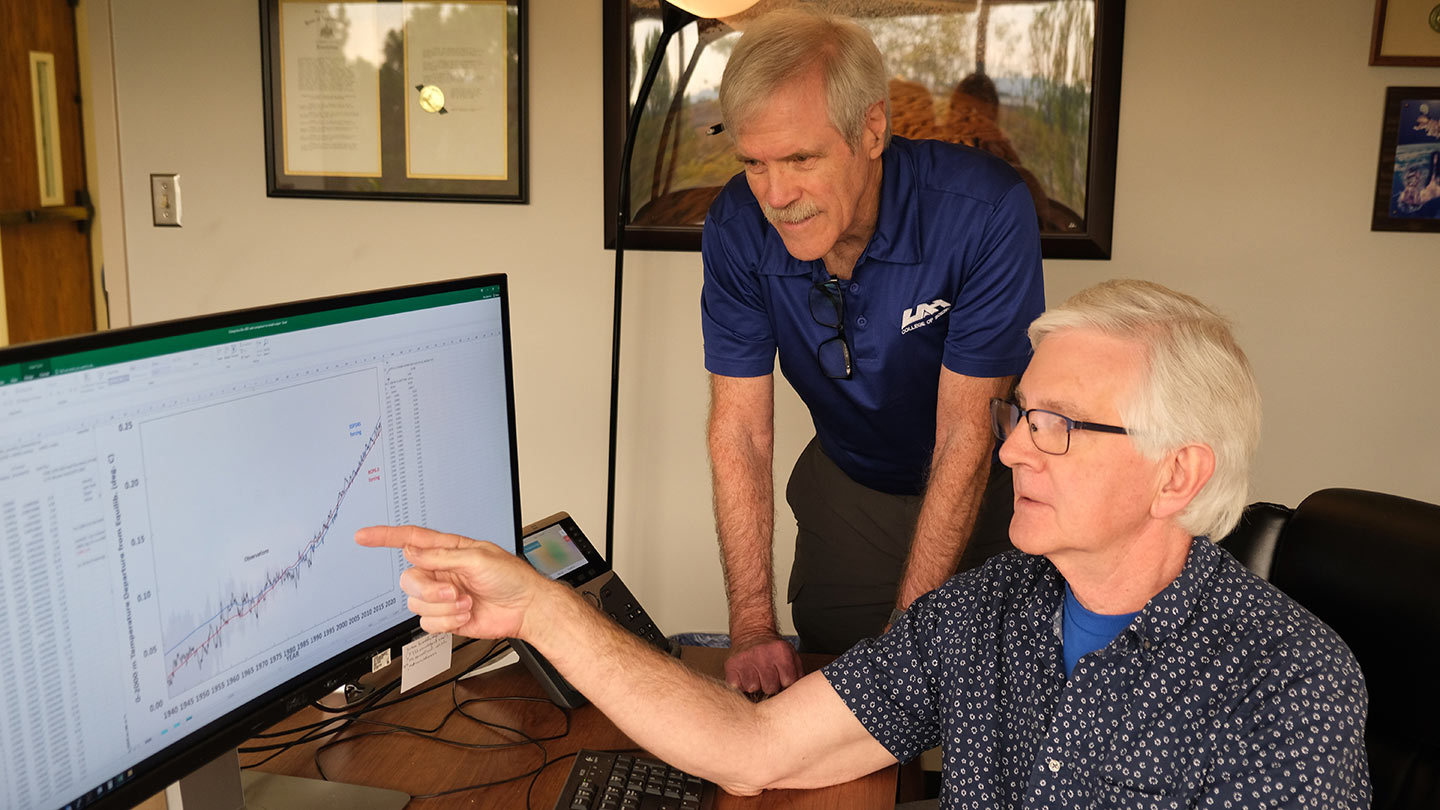UAH model reveals secrets of our changing climate

The University of Alabama in Huntsville, which is a part of the University of Alabama System, has conducted a research study that addresses a key question in climate change research. The study aims to determine the amount of warming that can occur due to the addition of carbon dioxide to the atmosphere through fossil fuel burning and other activities, as standards of living increase globally. Over a period of 10 years, Dr. Roy Spencer, a Research Scientist at the UAH Earth System Science Center, and Dr. John R. Christy, the Director of UAH Earth System Science Center and Alabama State Climatologist, developed a one-dimensional climate model to answer this question.
Spencer and Christy’s climate model, based upon objective measured data, found carbon dioxide does not have as big of an effect on the warming of the atmosphere when compared with other climate models.
According to Dr. Spencer, despite decades of research using complex climate models, there has been no consensus on the extent of global warming resulting from a doubling of atmospheric carbon dioxide. As a result, they developed a one-dimensional climate model to provide an answer.
Current climate models vary greatly, ranging from 1.8 to 5.6 degrees Celsius in terms of effective climate sensitivity. However, Spencer and Christy's research found that their one-dimensional model produced a lower value of 1.9 degrees Celsius, indicating a lesser impact of increasing carbon dioxide concentrations on the climate than other models.
Spencer explains that their model, like others, assumes that all climate change is caused by humans. However, if recent warming is partly natural, it would further decrease climate sensitivity.
This unique climate model, developed at UAH, sets itself apart from other models as it relies on actual observations of warming instead of theoretical assumptions about the impact of greenhouse gases on the climate system. The model is one-dimensional and utilizes various datasets of warming in the deep ocean and land from 1970 to 2021, each with its level of uncertainty. By applying the fundamental principles of energy conservation to these datasets, the researchers were able to estimate climate sensitivity.
According to Spencer, the period from 1970 to 2021, spanning 52 years, is of particular significance as it witnessed the most rapid warming and boasts the most dependable observational data on deep-ocean warming. In addition, the model, created by Spencer and Christy, takes into account heat storage in deeper layers of land, which other models do not, and therefore accounts for a phase of rapid growth in atmospheric carbon dioxide.
One of the critical advantages of their straightforward model is that it conserves energy, a requirement that any physics-based model of global warming should meet. Spencer says. “Current computerized climate models continue to have difficulty achieving this aspect.”
Other scientists can easily adapt the simple model to future global temperature measurements as they become available. The UAH climate model uses data to help us understand the complex interactions between the atmosphere, land, and oceans that shape our climate. By incorporating the latest data and technology, this model provides researchers with a valuable tool to explore and gain insight into the intricate dynamics of our climate system. This research has the potential to inform decision-making and help us prepare for the future of our planet. The United States Department of Energy provided support for this research.

 How to resolve AdBlock issue?
How to resolve AdBlock issue?